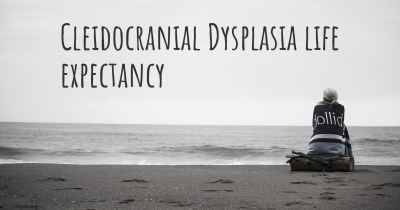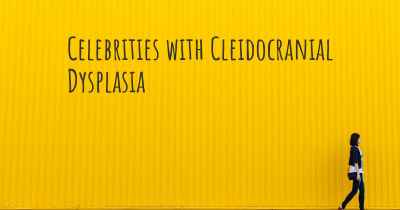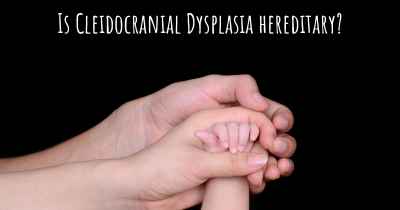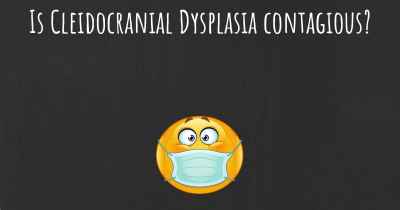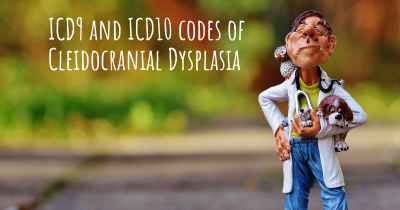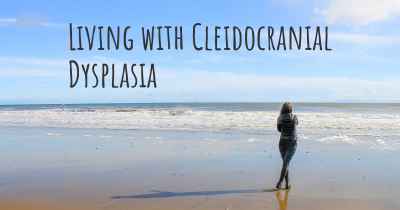What is the history of Cleidocranial Dysplasia?
When was Cleidocranial Dysplasia discovered? What is the story of this discovery? Was it coincidence or not?
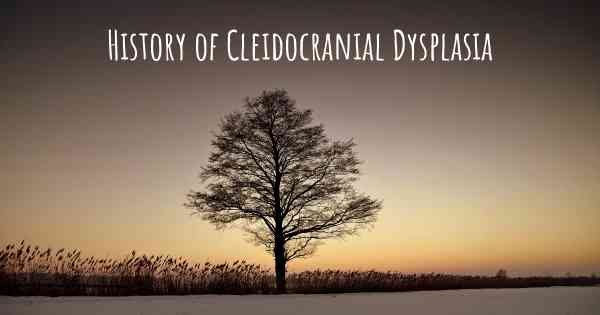
Cleidocranial Dysplasia: A Historical Overview
Cleidocranial Dysplasia (CCD), also known as Cleidocranial Dysostosis or Marie-Sainton Syndrome, is a rare genetic disorder that affects the development of bones and teeth. This condition was first described in medical literature in the late 19th century, and since then, significant progress has been made in understanding its causes, symptoms, and treatment options.
Discovery and Early Descriptions
The first documented case of Cleidocranial Dysplasia dates back to 1898 when a French physician named Edouard Lemierre reported a patient with absent collarbones and delayed closure of the skull sutures. Lemierre named the condition "dysostose cléido-cranienne" to highlight the characteristic skeletal abnormalities.
Further Research and Classification
In the early 20th century, other physicians and researchers expanded on Lemierre's initial observations. In 1905, a German physician named Carl Apert coined the term "cleidocranial dysostosis" to emphasize the skeletal involvement. He also noted additional features such as dental abnormalities and delayed eruption of permanent teeth.
Over the years, several classification systems were proposed to categorize the various manifestations of CCD. In 1940, a British physician named Victor McKusick introduced the term "cleidocranial dysplasia" to encompass the broader spectrum of skeletal and dental abnormalities associated with the condition.
Genetic Basis and Molecular Discoveries
It wasn't until the late 20th century that significant advancements were made in understanding the genetic basis of Cleidocranial Dysplasia. In 1994, a team of researchers led by Dr. Geoffrey G. Mundlos identified the gene responsible for CCD, known as the "runt-related transcription factor 2" (RUNX2) gene.
The discovery of the RUNX2 gene provided crucial insights into the molecular mechanisms underlying CCD. This gene plays a vital role in the development of bones and teeth by regulating the activity of other genes involved in skeletal formation.
Clinical Features and Diagnosis
Cleidocranial Dysplasia is characterized by a wide range of clinical features, which can vary in severity from person to person. The most prominent skeletal abnormalities include delayed closure of the skull sutures, absent or underdeveloped collarbones (clavicles), and abnormal formation of the pelvis and spine.
Dental abnormalities are also common in CCD, with affected individuals often experiencing delayed eruption of permanent teeth, supernumerary (extra) teeth, and malocclusion. These dental features are often one of the key diagnostic criteria for CCD.
Treatment and Management
While there is no cure for Cleidocranial Dysplasia, various treatment options are available to manage its symptoms and improve quality of life. Dental interventions, such as orthodontic treatment and tooth extractions, are commonly required to address the dental abnormalities associated with CCD.
Orthopedic interventions may be necessary to manage skeletal abnormalities, including surgical procedures to correct spinal curvature (scoliosis) or improve limb function. Physical therapy and regular monitoring are also essential to optimize bone health and prevent complications.
Current Research and Future Perspectives
Ongoing research efforts continue to deepen our understanding of Cleidocranial Dysplasia. Scientists are investigating potential therapeutic approaches, including gene therapy and targeted drug interventions, to address the underlying genetic defects and alleviate the symptoms of CCD.
Additionally, advancements in genetic testing and prenatal screening techniques have improved the early detection and diagnosis of CCD, allowing for better management and support for affected individuals and their families.
In conclusion, Cleidocranial Dysplasia has a rich history of medical observations and scientific discoveries. From its initial description in the late 19th century to the identification of the underlying genetic cause in the 20th century, our understanding of CCD has significantly evolved. Ongoing research and advancements in treatment options offer hope for improved outcomes and quality of life for individuals living with this rare genetic disorder.
